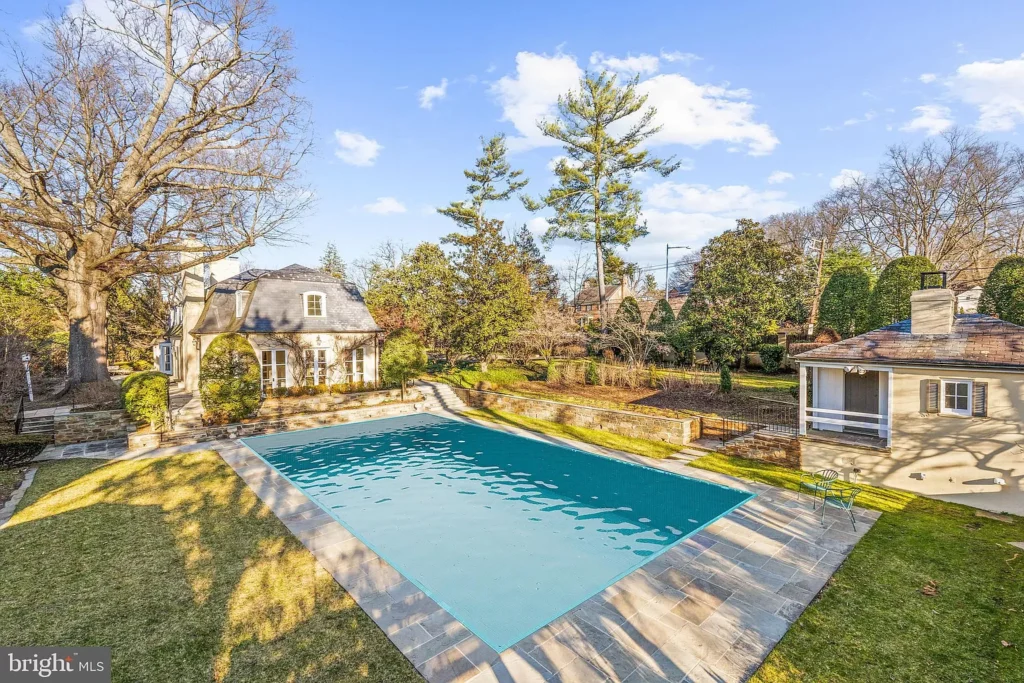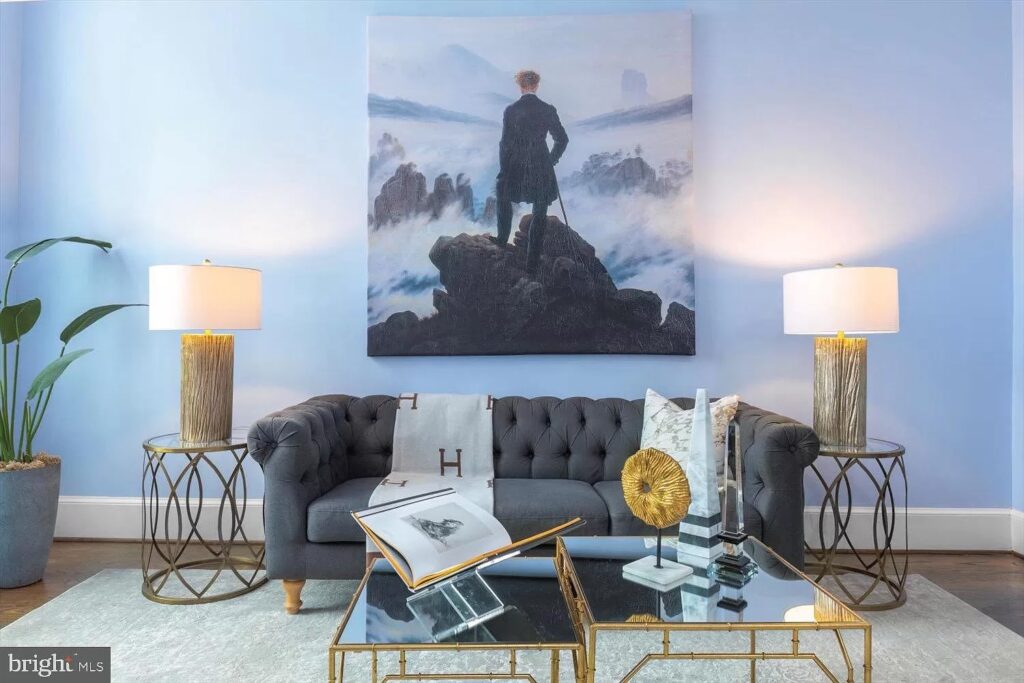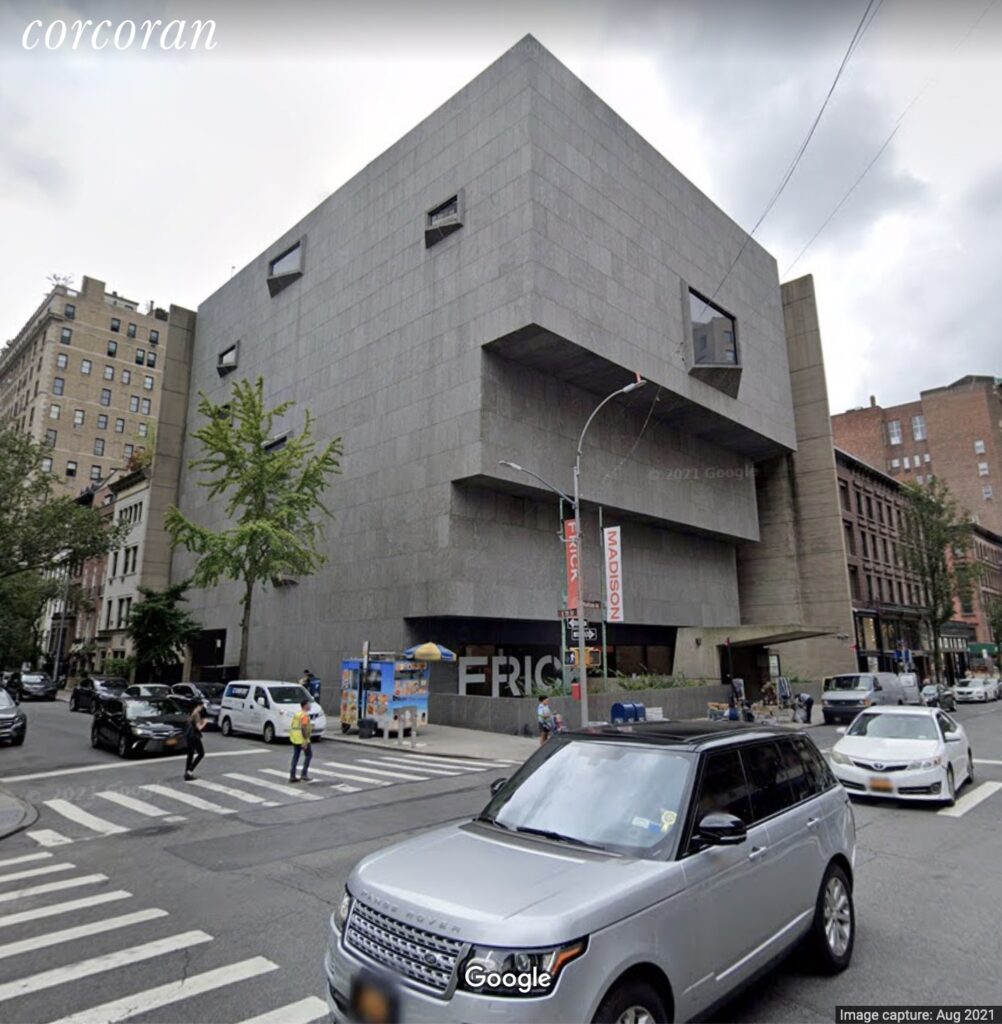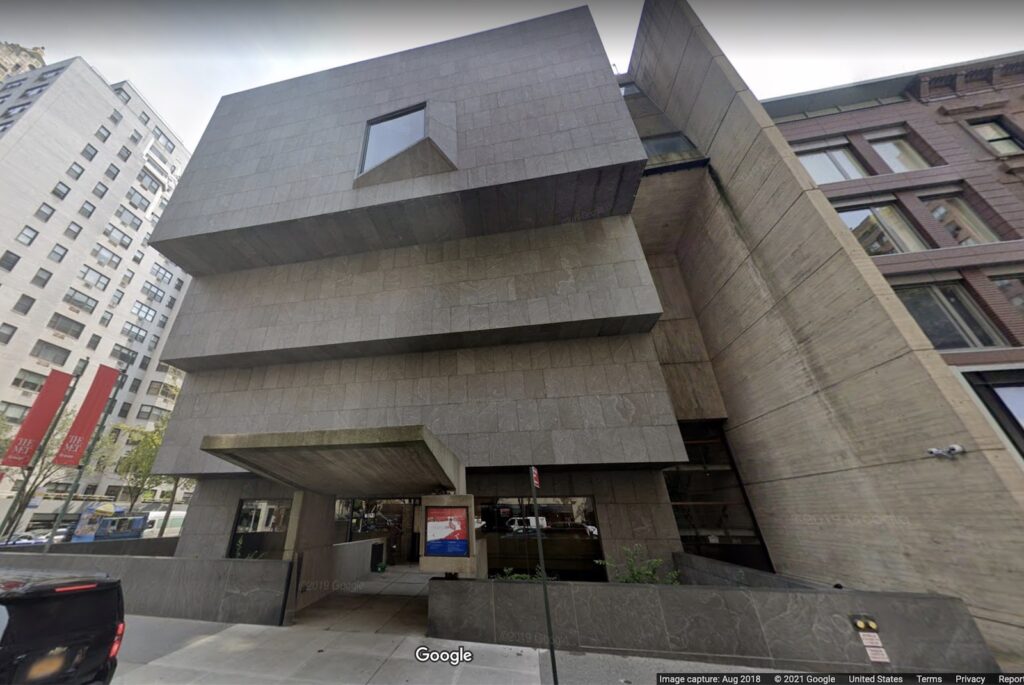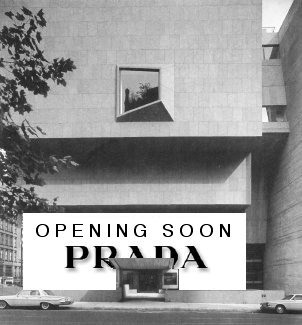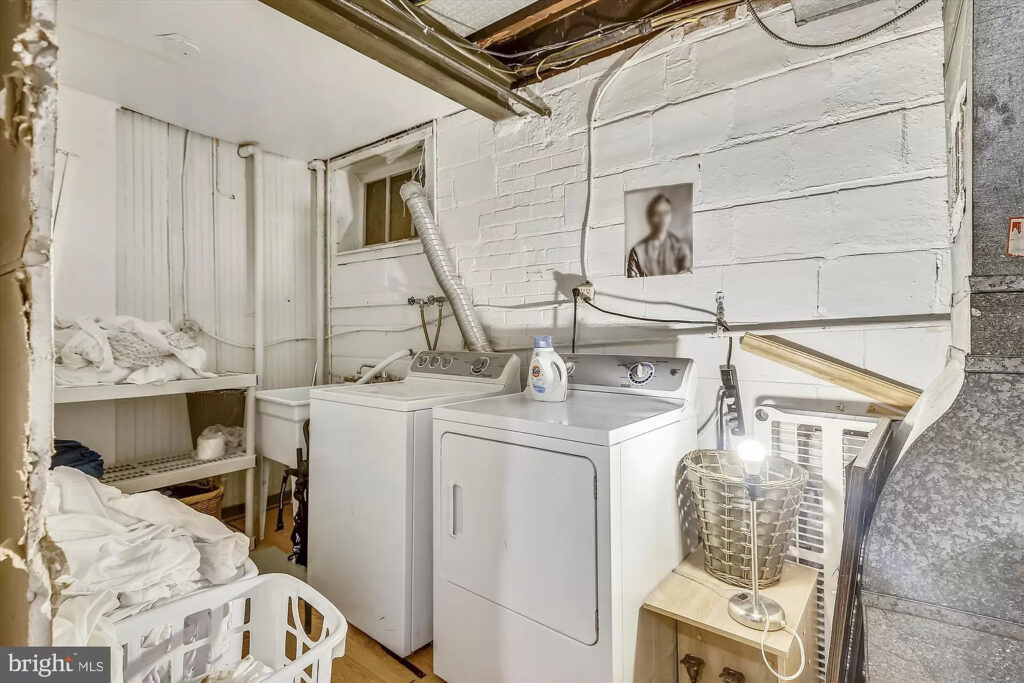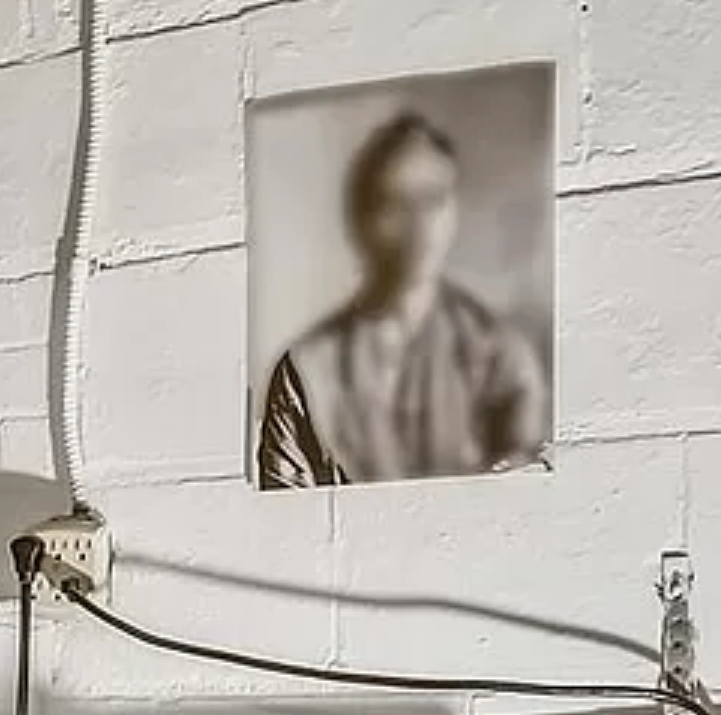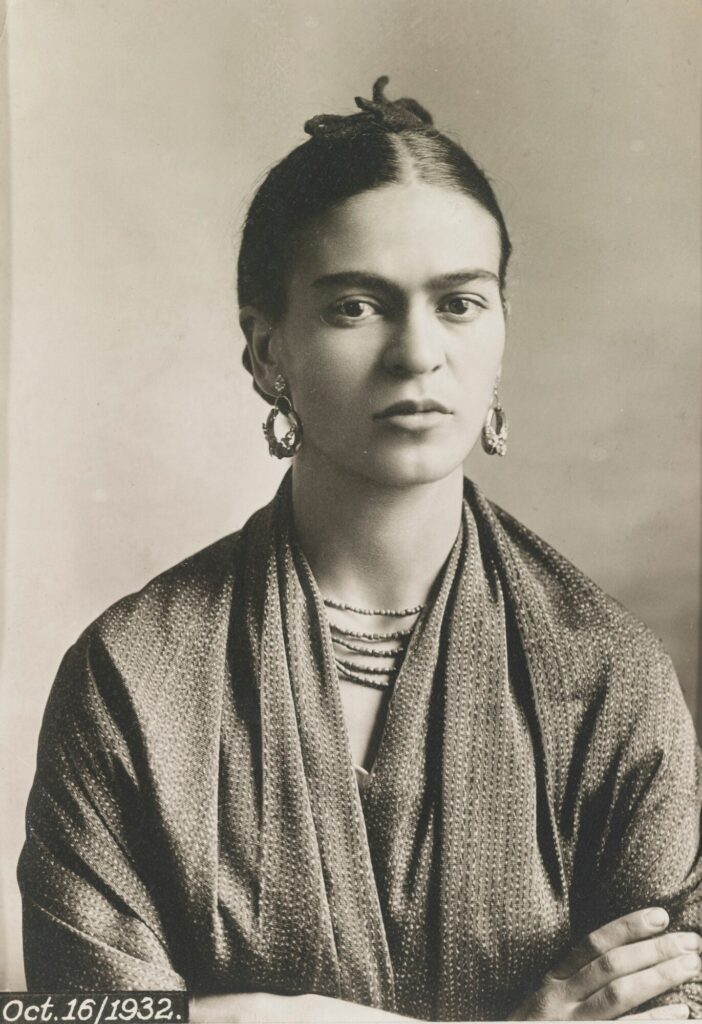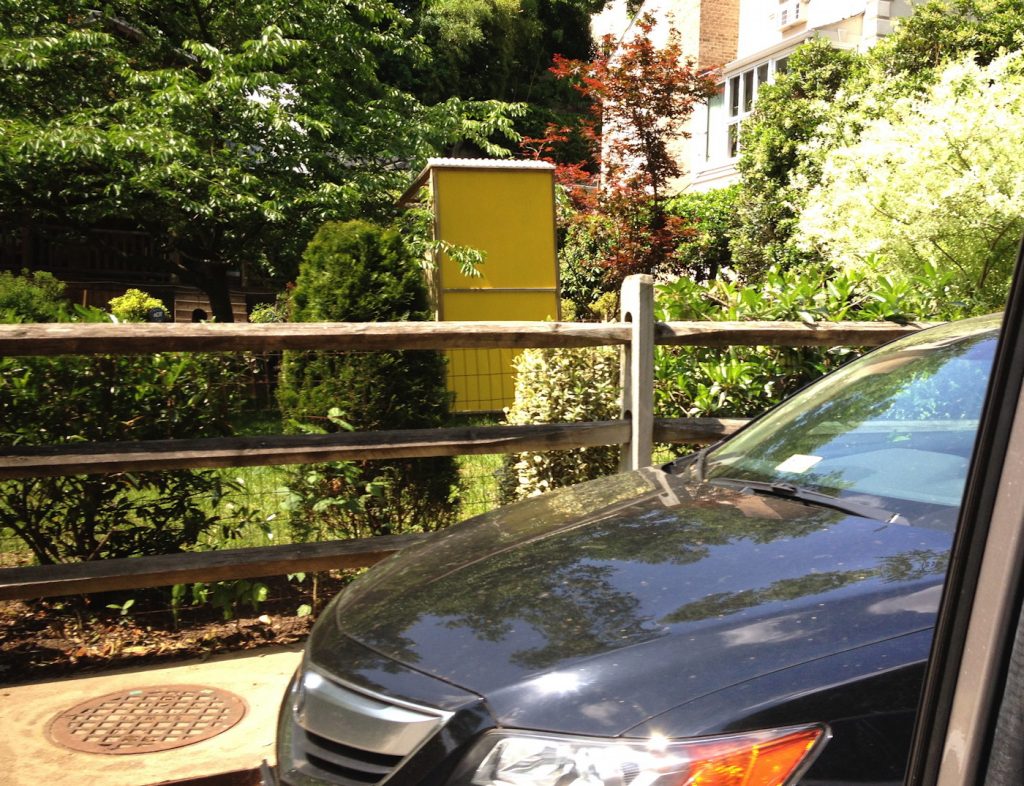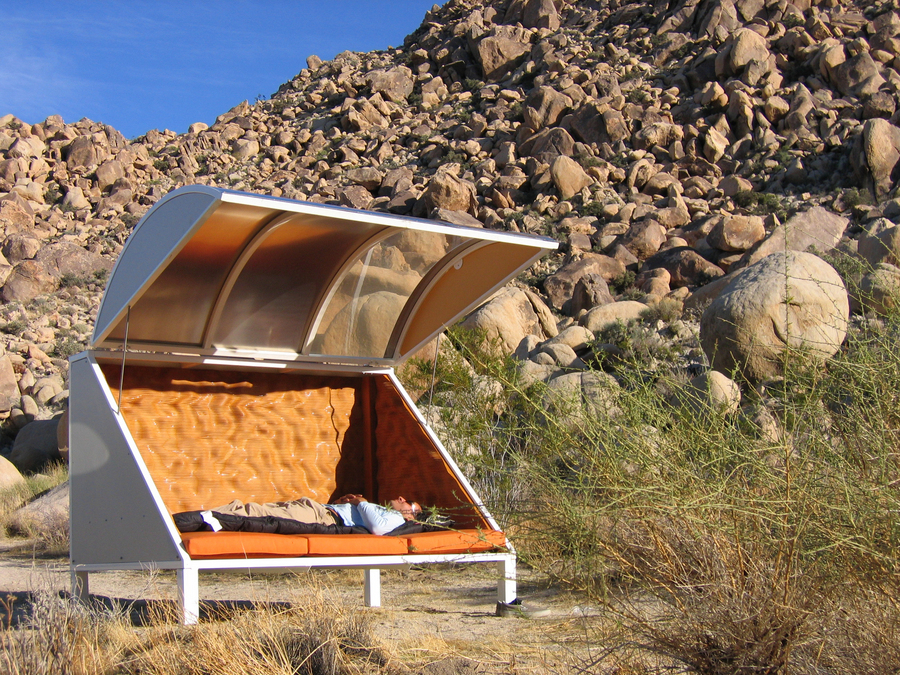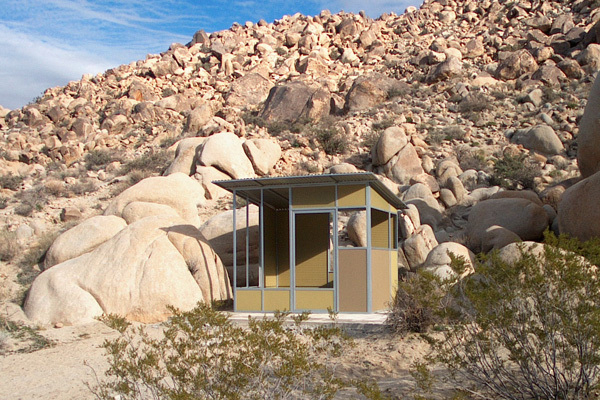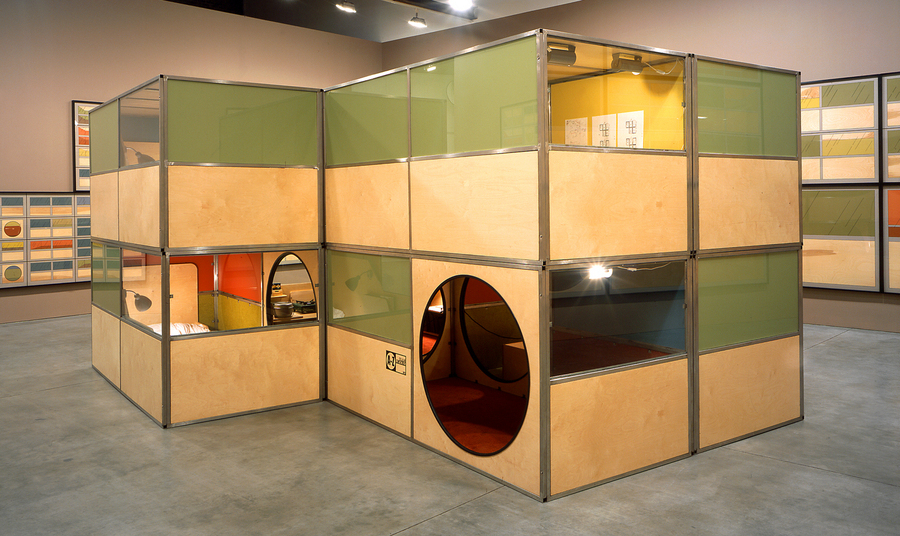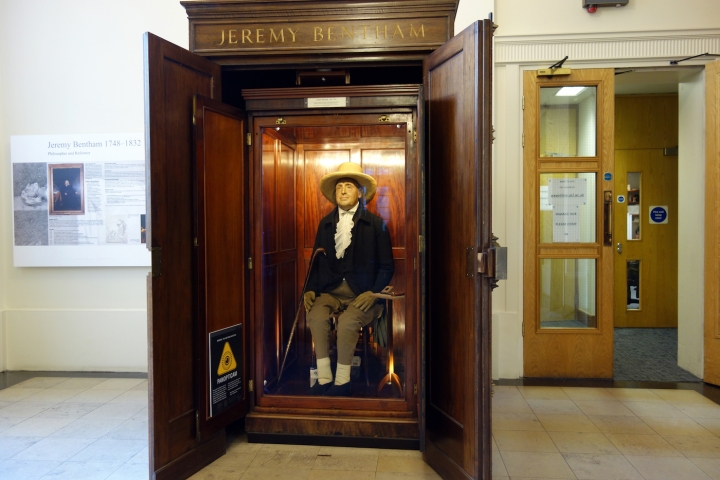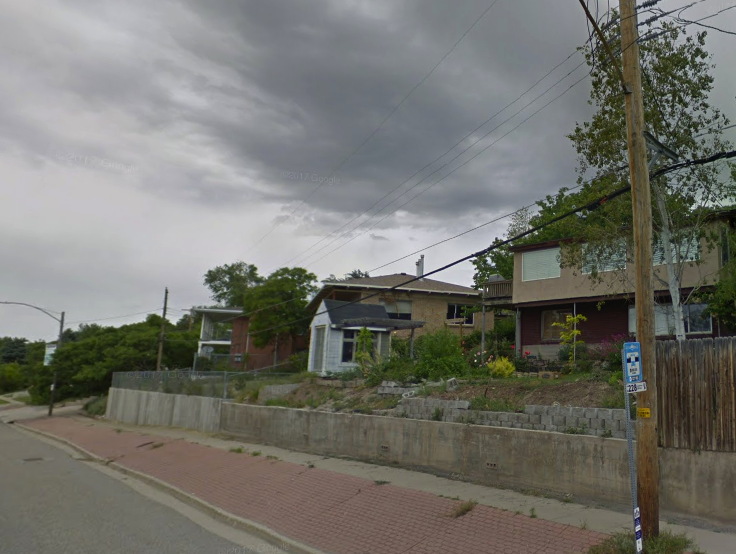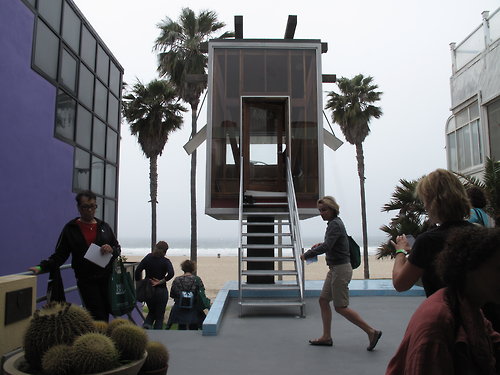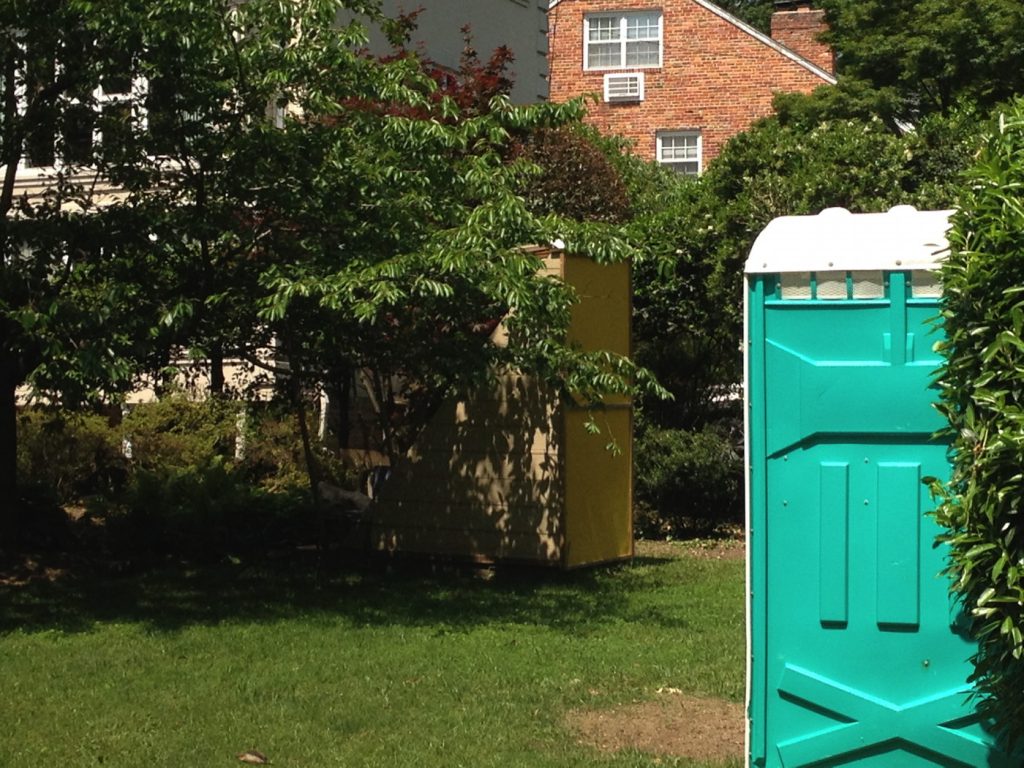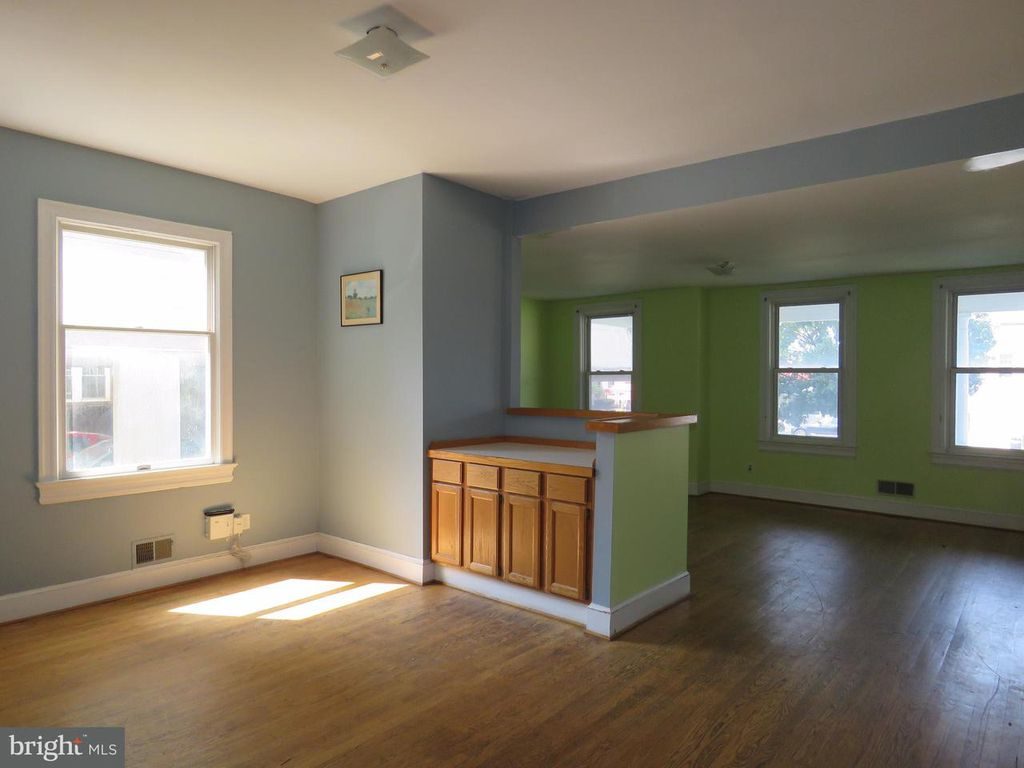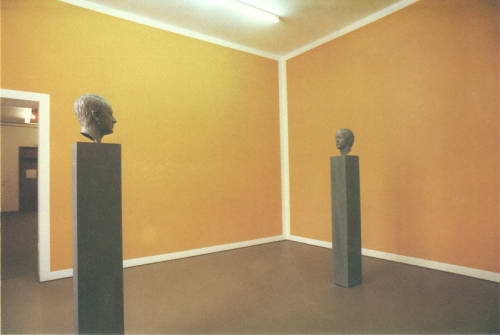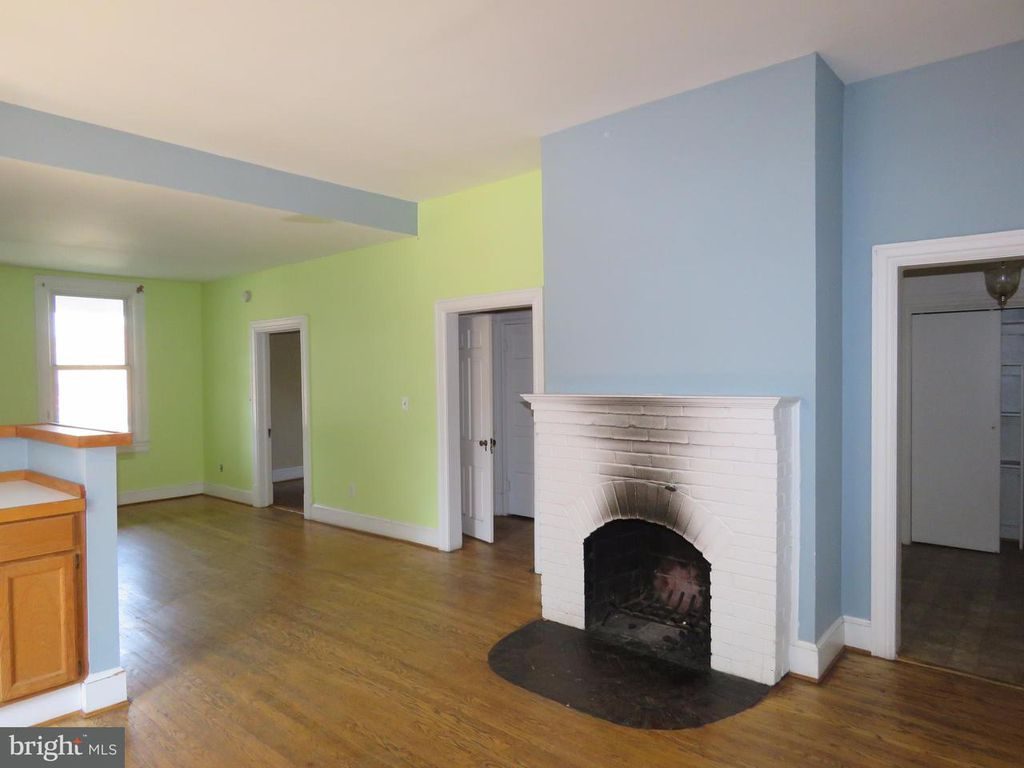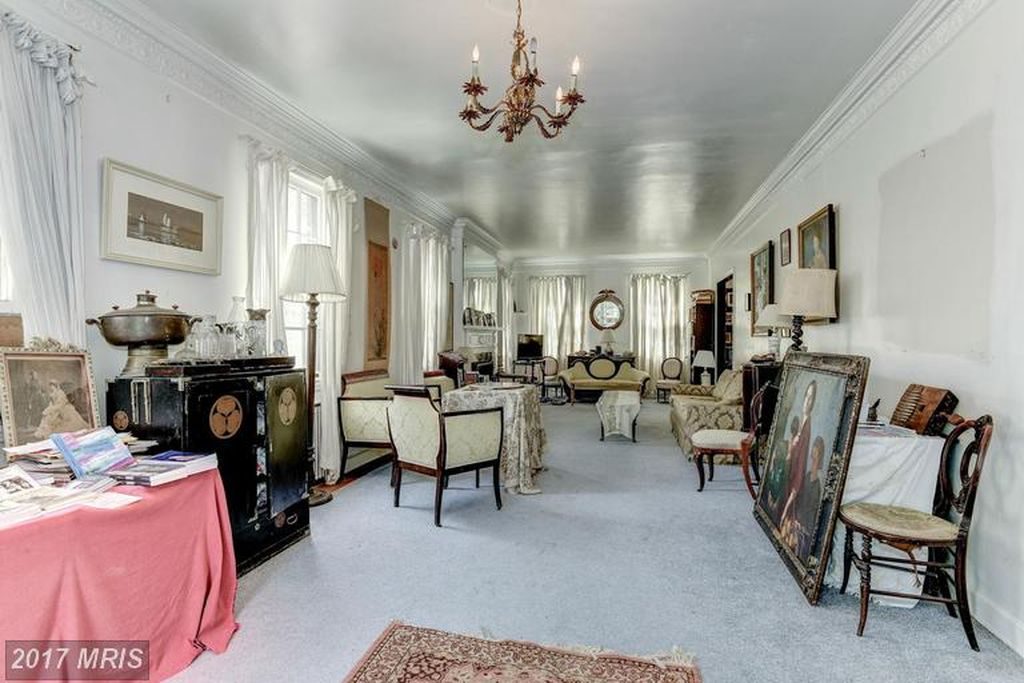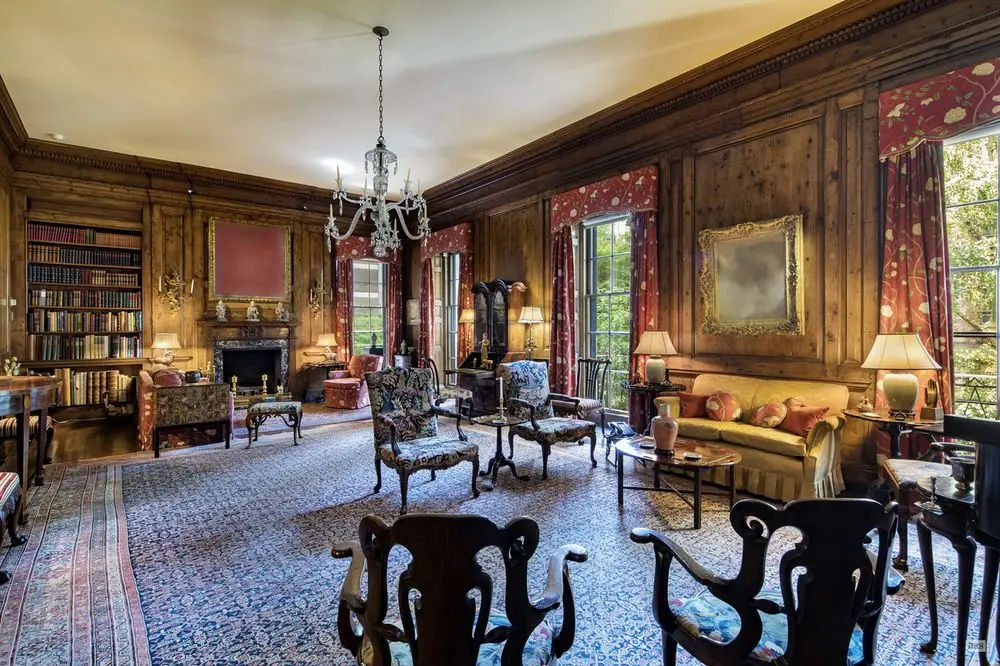
In 2018, while I was still in my late blur and middle monochrome and real estate eras, I conceived a project that would realize all the blurred artworks in the real estate listing for Peggy and David Rockefeller’s extrawide townhouse on East 65th Street. I’d seen digitally blurred art from MoMA before. I’d seen significant art obscured in real estate listings before. But I had not seen the same art that had been photographed in situ before, being blurred in a real estate listing, at the same moment it was being promoted and sold in the biggest private collection sale in Christie’s history.
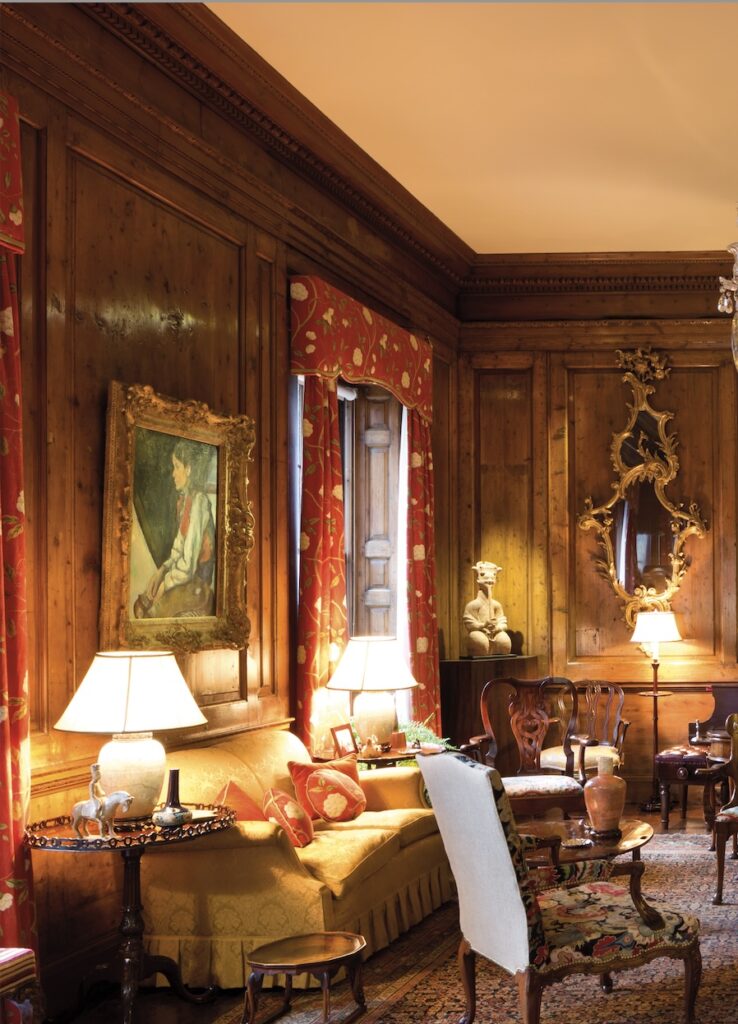
So I went through the listing, the auction, and other documentation of the Rockefellers’ house to identify everything, so that each work would be the correct dimension and appearance. No slapdash conceptualism here; authenticity rules. So the Bonnard Interieur over the fireplace and a Corot to occupy the spot between the windows when the Cezanne is at the Modern. [The Rockefellers retained a life interest in the works they donated to museums, so they could keep them around.]
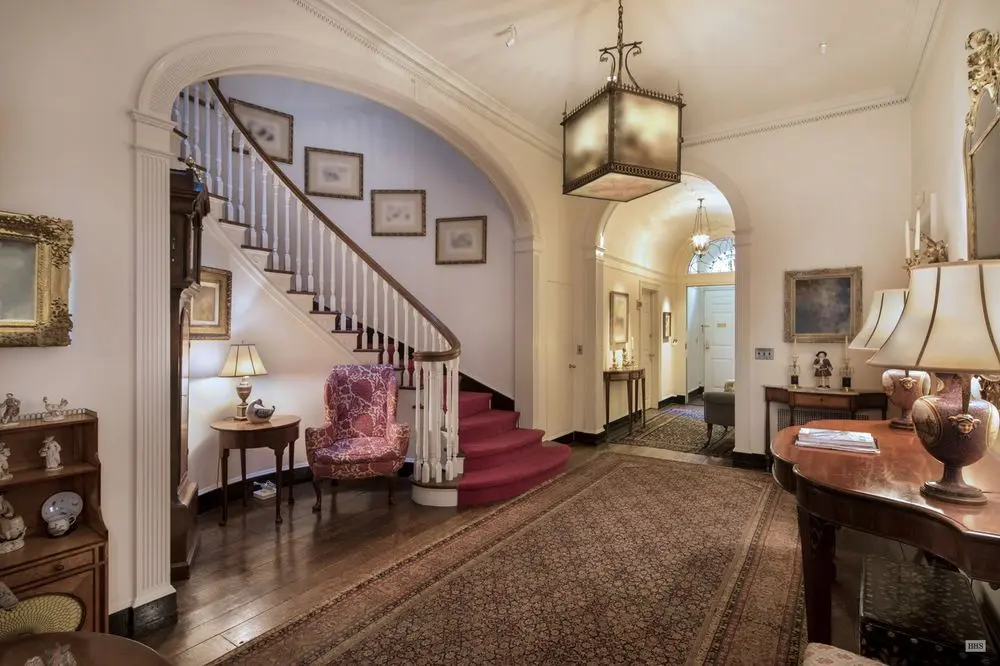
Though I mapped out the project, 30 works, I was undecided on the best way to realize the blurred works. Transmuting such digital-first source material into another medium has been a challenge since the first blurred and pixellated and pano-torqued images appeared on Google Maps and Streetview. But the Facsimile Object-style dye sublimated prints on aluminum seem promising. I just found my 2018 spreadsheet this morning, though, so it’ll take me a minute to reorient myself to this project.
Previously, related: Les Blurmoiselles d’Avignon (2011); Monochrome House (2016); Untitled (A Painting For Two Rooms By Cactus Cantina) & Untitled (Macomb Wall Painting) (both 2017); Untitled (Blurred Frida) (2020)
Unrealized Rockefeller Diptych (1650-2018); Untitled (Love, Henry) (2018)

